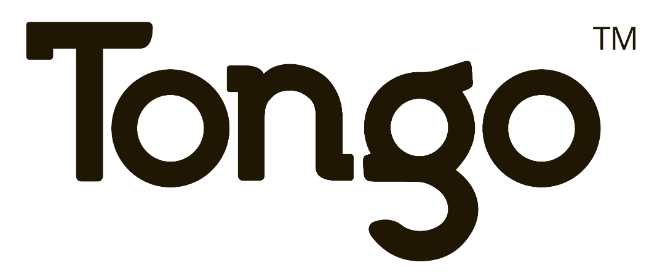How to Create Effective Virtual Tours for Your Listings
Virtual tours not only provide potential buyers with a convenient way to view homes, but they also allow real estate agents to reach a wider audience. However, creating an effective virtual tour requires more than just pointing a camera at a house. It’s about telling a story and presenting the property in the best possible light. Here’s how you can create compelling virtual tours that will engage potential buyers.
Plan Your Tour with Purpose
Before you start filming, take the time to plan out the tour. Think about the key features of the property that you want to highlight. Is it a spacious kitchen, a remodeled master bathroom, or a beautifully landscaped backyard? Determine the flow of the tour, just as you would if you were walking a buyer through the home in person. Start with a strong introduction, such as an exterior shot of the home, and then guide viewers through each room in a logical order. If the property has a unique layout or features, consider using a floor plan as an overlay to help viewers understand the flow and dimensions of the space.
Invest in Quality Equipment
The quality of your virtual tour can significantly impact how potential buyers perceive the property. While smartphones have come a long way in terms of camera quality, investing in professional equipment, such as a high-resolution camera and a gimbal for stabilization, can make a big difference. Additionally, using a wide-angle lens can help capture more of each room, giving viewers a better sense of the space. Make sure the property is well-lit during filming. Natural light is ideal, so try to schedule your shoot during the day. If necessary, use additional lighting to brighten dark areas. Not interested in investing in your own equipment? There are many companies you can outsource the filming to.
Focus on Key Selling Points
During the tour, emphasize the unique selling points of the property. For example, if the home has a stunning view, make sure to capture it from different angles. If the kitchen has been recently remodeled, spend extra time highlighting the high-end appliances and finishes. The goal is to showcase the features that will make the property stand out to potential buyers. Consider adding text overlays or voiceovers to highlight key features and provide additional information about the property.
Keep It Concise
While it might be tempting to show every nook and cranny of the property, remember that attention spans are short. Aim to keep your virtual tour between three to five minutes long. Focus on the most important aspects of the home, and avoid lingering on areas that are less impressive.
Incorporate Interactive Elements
To make your virtual tour even more engaging, consider incorporating interactive elements. For example, you can create a 360-degree tour that allows viewers to explore the property at their own pace. Some platforms also offer features that let viewers click on specific areas of the home to get more information or see additional photos. If the property is vacant or sparsely furnished, you can leverage AI for virtual staging, which can help potential buyers envision the space as a home. Adding furniture and décor digitally can make a big difference in how a property is perceived.
Optimize for All Devices
Ensure that your virtual tour is accessible and looks great on all devices, including smartphones, tablets, and desktops. Many buyers will be viewing the tour on their phones, so it’s important that the video loads quickly and plays smoothly on smaller screens. Test your tour on multiple devices before publishing to ensure that the quality remains consistent across all platforms.
Promote Your Virtual Tour
Once your virtual tour is ready, it’s time to share it with the world. Post the tour on your website, share it on social media, and include it in your email marketing campaigns. The more visibility your virtual tour gets, the more potential buyers you’ll reach. Include a call-to-action at the end of the tour, inviting viewers to contact you for more information or to schedule an in-person showing.
Creating an effective virtual tour requires a combination of planning, quality production, and strategic promotion. By focusing on the property’s best features and delivering a seamless viewing experience, you can attract more buyers and spark more interest in taking the next step in the buying process.


